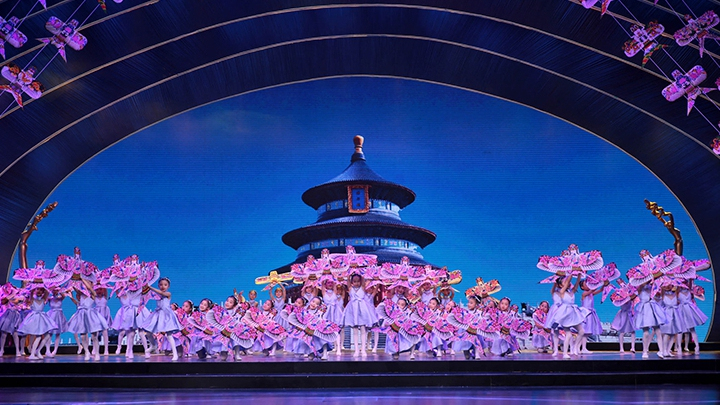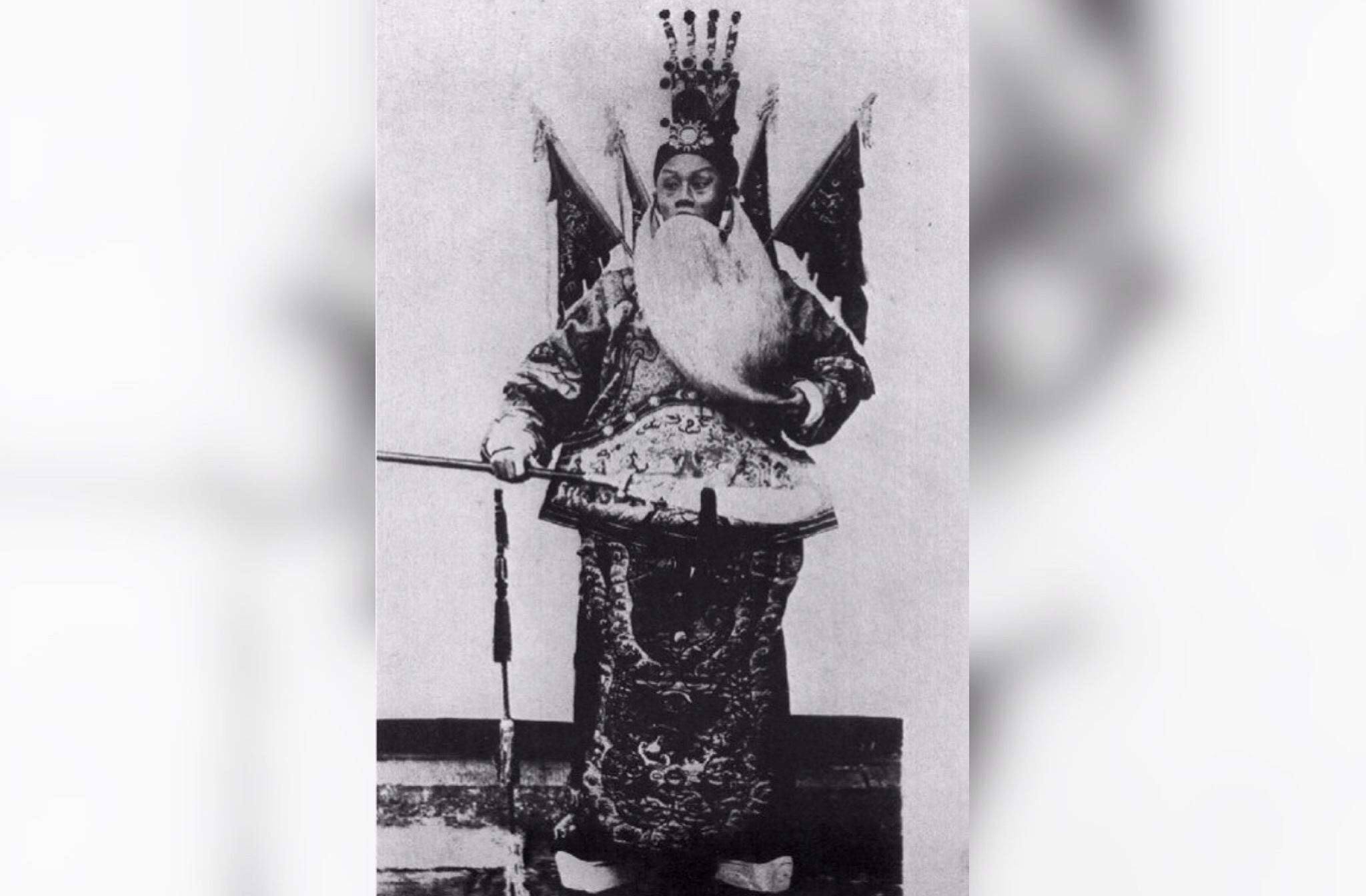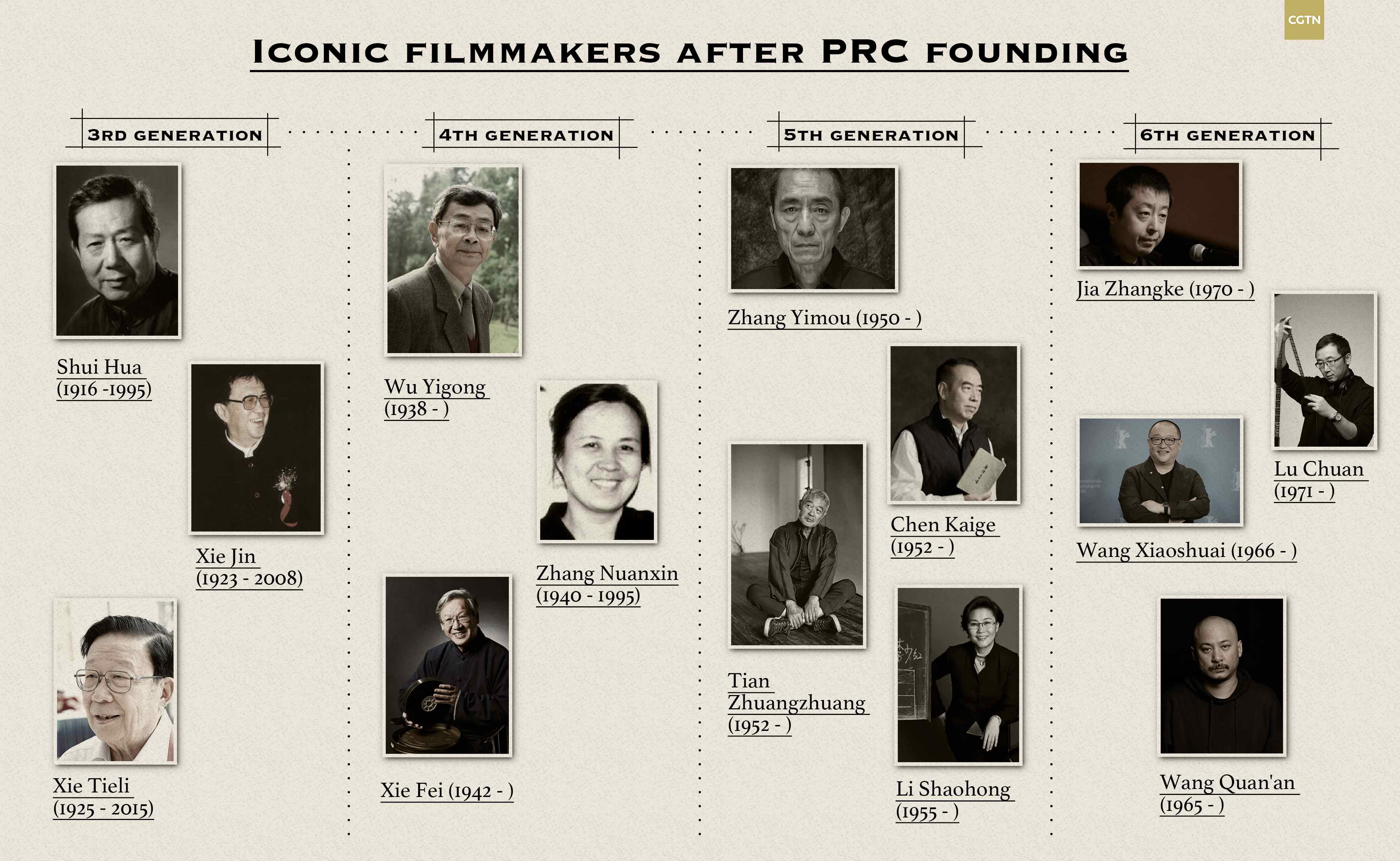
Opinion
11:05, 16-Apr-2019
Art education of audience crucial to film industry
Updated
17:47, 16-Apr-2019
Loraine Ng

Editor's Note: Loraine Ng is a writer and translator based in Shanghai, with an MFA degree from Hong Kong Baptist University. The article reflects the author's opinion, and not necessarily the views of CGTN.
"Bonne chance a la tèrre! (Good luck to the Earth)" With a heroic love and hope for the homeland of humanity, the first homegrown big-budget science fiction film The Wandering Earth took our future generations onto a space odyssey to survive.
Surrealistic, ambitious, and marvelously romantic, the film made a phenomenal success at the box office in China and received praises, in general, both domestically and internationally, signifying the emergence of a new aspect of Chinese filmmaking.
For a very long time, the big-budget films that have filled China's best box-office schedules are massive epics retold from history or myths. Finally this year, the audience could get thrilled and freshened by some bravely futuristic spectacles at the cinema.
Apart from the techniques that enabled the visualizing of all those wild imaginations, fundamentally, what defines the film's success is the originality in its high concept – to escape with planet Earth – thanks to the author of the original story, Liu Cixin, the 2015 Hugo Award winner for his novel Three-Body Problem.
People may tend to play safe in everyday life, but when it comes to art, we love to see things that are original and pioneering. Even though sometimes artistic rareness and originality could not be met with full acceptance by the public of the day, time can wait for people to catch up, as evidenced in the change of ratings and public reviews throughout the years for the same films.

A composite poster featuring celebrity attendees to the opening ceremony of the 2019 BJIFF. /Photo via BJIFF
A composite poster featuring celebrity attendees to the opening ceremony of the 2019 BJIFF. /Photo via BJIFF
Spring in a Small Town (1948) was almost ignored by the public at its time, but found its audience decades later and was named the best Chinese-language film at the 24th Hong Kong Film Awards. This is also the case with Tian Zhuangzhuang's The Horse Thief (1986). Being so rare and original – made for the 21st century, as Tian put it – the film did not enjoy a good reception in its time, only recognized as a masterpiece later.
Ang Lee's Crouching Tiger, Hidden Dragon (2000) was at one time considered strange by some of the audience in China, as the depth and poetry of the story was nothing familiar to them who had been so habituated to the wuxia world created by popular TV dramas.
Yet it pioneered a trend of film aesthetics in Chinese wuxia films, later seen in Hero (2002) and House of Flying Daggers (2004), and led to a boost in popularity of the genre in the Western world. Over the years, significant growth in the audience rating for Crouching Tiger, Hidden Dragon has been recorded, which is also true with Lust, Caution by the same director, as shown by Douban, a major and most authentic film review website in China.
Does that mean we have better audiences now? Yes, at least the part of the audience with access to Douban. Indeed, the artistic and aesthetic education of the audience is crucial to the health of any form of art and its industry.

An edited photo of a still from "Dingjun Mountain" (1905), the first Chinese movie. /Original photo from Douban
An edited photo of a still from "Dingjun Mountain" (1905), the first Chinese movie. /Original photo from Douban
Hence, apart from applauses for The Wandering Earth, I feel gratified to see many of the audience in China are aware and state explicitly that they are giving a high rating partly for the purpose to encourage really good homegrown films.
They acknowledged the amazing advancements Chinese filmmakers have achieved, while recognizing the film was not flawless, especially when it's compared with Hollywood first-class productions. Most of the criticisms point to the familiarities of certain plots, settings and character designs, the weak voice of female characters, and the lack of in-depth personality and psychology development.
The measurement of homegrown films against international commercial blockbusters or art-house masterpieces can avoid a dangerously complacent attitude both in the filmmakers and in the public, and thus is critical to the long-term development of the film industry in China.
And in the context of more openness of the Chinese market, the audience can have more references to build up their aesthetics and rational thinking in terms of how to watch and evaluate a film. The audience is a tremendously important participant in the film industry, and should never be regarded just as money payers.
Back in the mid-late 1980s, it was the rise of "The Fifth Generation" of Chinese filmmakers who began to bring increased popularity of Chinese cinema overseas and brought home international awards continuously.

CGTN Infographic
CGTN Infographic
Since then, Chinese filmmakers have always been an active participant in almost every arena around the world, to list but a few of the award-winning works, the 1988 Golden Bear for Red Sorghum, the 1993 Palme d'Or for Farewell My Concubine, the Grand Prix at the 2000 Cannes Film Festival for Devils on the Doorstep, the Jury Grand Prix at the 2005 Berlin International Film Festival for Peacock, the 2006 Golden Lion for Still Life, the 2007 Golden Bear for Tuya's Marriage, The Best Screenplay Award at the 2009 Cannes Film Festival for Spring Fever, the Best Actress Award at the 2011 Venice International Film Festival for A Simple Life, the 2014 Golden Bear for Black Coal, Thin Ice, and the 2019 Silver Bears for Best Actress and for Best Actor for So Long, My Son.
But much like what happens in all the film markets around the world, artistic pursuits and commercial returns are often at odds. And that's why we need film festivals to "save" art films, not just in terms of attracting box office, but in the sense of artistic education for the audience.
Filmmakers are always heard to be required to value and maintain their artistic pursuits rather than just framing their works as products that can sell, and to vision themselves as artists and social workers rather than just money makers.
But when they really do so, the media, the critics, film festival organizers, and every common audience should take on the responsibility to make sure that these artists and their works would not be defeated by ignorance of the public and cruelty of the market.
Better audiences can facilitate the healthy development of the art and the industry of film by supervising, appreciating and criticizing it. And in return, filmmakers can provide more films of better quality and more diversity in styles, genres, and ideas.
(Cover photo: The opening ceremony of the 2019 BJIFF is held in Beijing, China, April 13, 2019. /Photo via BJIFF)
(If you want to contribute and have specific expertise, please contact us at opinions@cgtn.com.)

SITEMAP
Copyright © 2018 CGTN. Beijing ICP prepared NO.16065310-3
Copyright © 2018 CGTN. Beijing ICP prepared NO.16065310-3